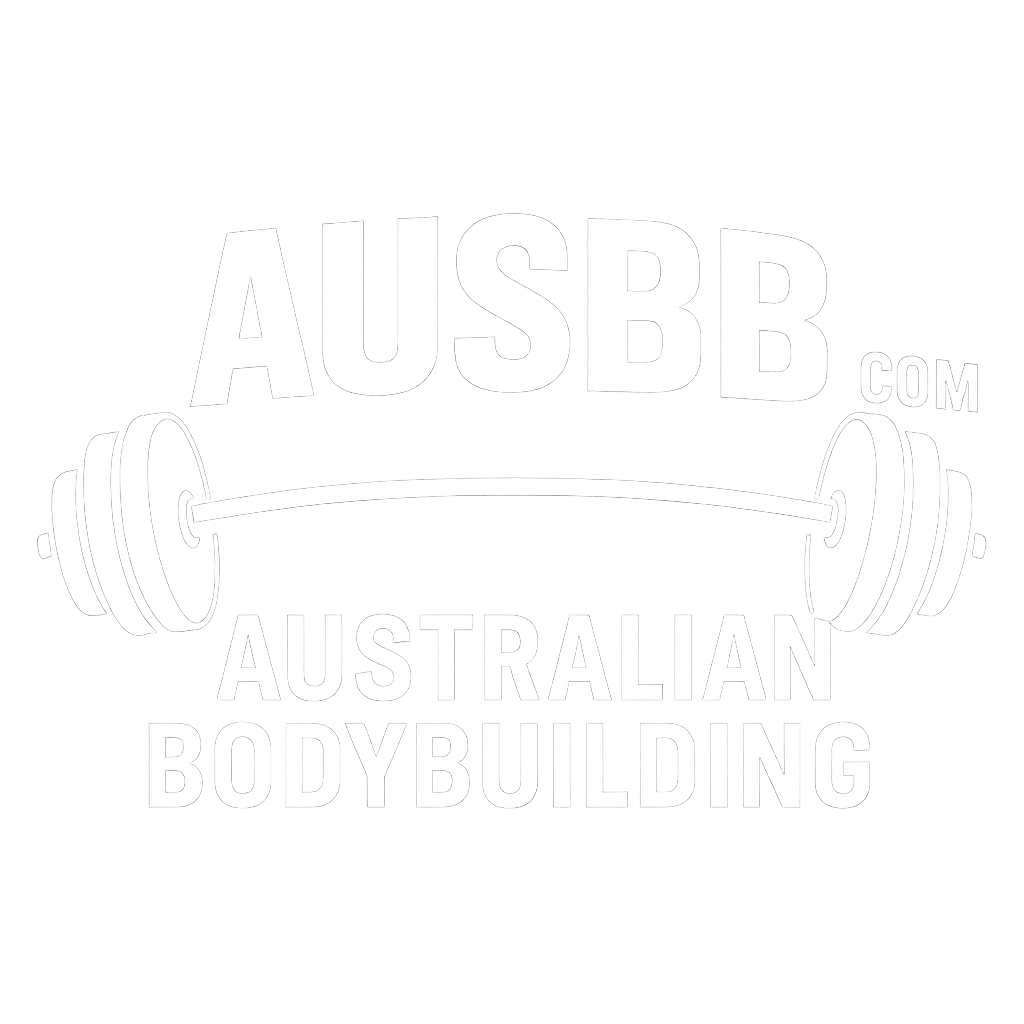0ni
Registered Rustler
You mean thigh don't you
Dude, I meant what I said. The rules state the top of the knee, not the top of the thigh
You mean thigh don't you
I don't get it, how do you see the top of the knee under the wrap...The knee cap is under the wrap right?


Drop the arrow down an inch and that's where the actual crease is.
Woody what I am saying is people commonly look at the top of the knee wrap instead of the top of the knee when judging depth from video
I have a question, yes it's me, deal with it.
From what I can see, the ref is sitting in front of the squatter, how can he see whether the hip crease is below the knee from that vantage point?
Thanks Woody for the explanation - I had been looking at the wrong part of the leg lol.
Also makes me wonder if I've been squatting high.
